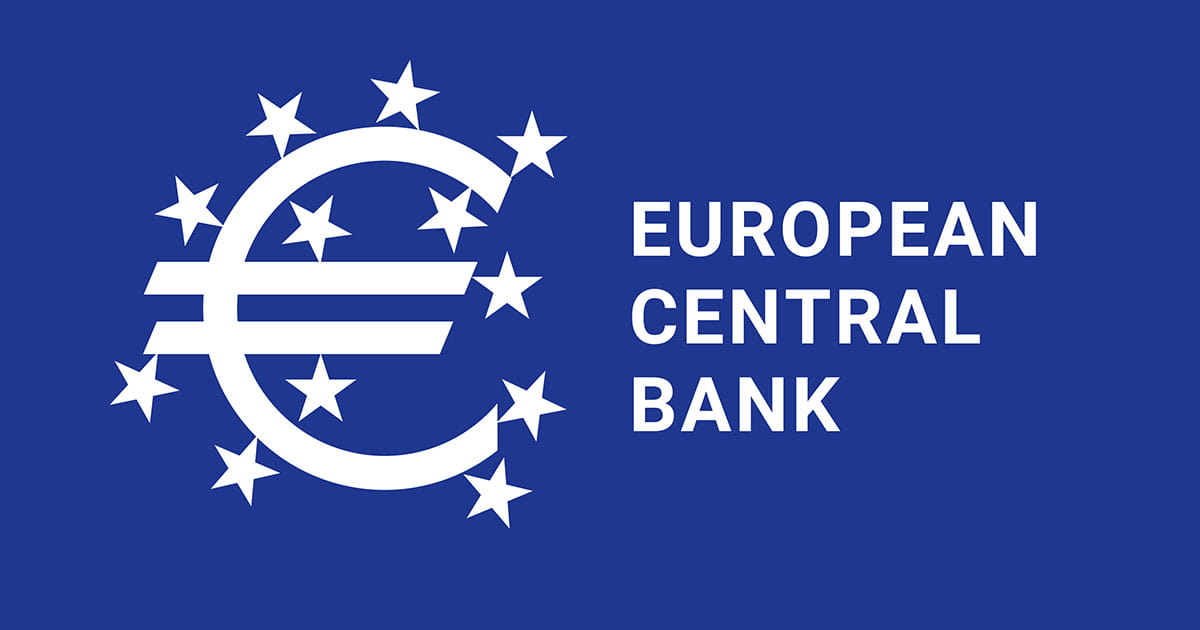
The European Central Bank (ECB) raised its deposit facility rate by another 50 basis points (bps) to 2.5% at the February meeting, bringing its policy rate into restrictive territory.
The ECB made clear it continues to expect to raise interest rates significantly, aiming to ensure the timely return of inflation to its medium-term target of 2%. Euro area headline inflation for January is expected to have been about 8.5%, and core inflation to again clock in at 5.2% when final numbers are released later this month (both 8.5% and 5.2% appeared in preliminary estimates). A peak policy rate of around 3.25%-3.5% priced in by the market doesn’t look unreasonable given the still large uncertainty over inflation dynamics.
The ECB reiterated that there is more ground to cover on policy rates. The trend in wage agreements still favors workers. The central bank expects growth in compensation per employee to be running at 3.9% year over year in 2025, well above its long-run average of 2.1%. In addition, fiscal policy is largely seen as not targeted enough, and market-based financial conditions are likely still too loose for the ECB’s goals – the market is pricing rate cuts already in the second half of the year.
For inflation to fully normalize back to the ECB’s 2% target, some cooling in the economy and in the labor market is likely needed. The recent underlying economic resilience of the Euro area is therefore not unconditionally good news for the ECB. We remain cautious on European duration near term.
The terminal rate
ECB President Christine Lagarde emphasized that there is no forward guidance on interest rates, and the ECB remains firmly in meeting-by-meeting mode, with inflation dynamics driving the future policy rate path. However, the ECB also announced its intention to raise interest rates by another 50 basis points at its next monetary policy meeting in March, where it will then evaluate the subsequent policy path in light of new staff macroeconomic projections. But Lagarde did suggest there will likely be more rate hikes beyond the next meeting.
Our conviction remains low on the pace and scope of further hikes, given the unknowns around the evolution of inflation. Unless the new staff macroeconomic projections dictate otherwise, another 50-bp hike in March certainly seems a done deal, while visibility beyond the very near term remains low. Thus, we don’t disagree with the terminal rate currently priced in by the market, but continue to be somewhat skeptical about rate cuts priced for the second half of the year, and see a risk that the ECB maintains a restrictive policy stance for longer than the market currently expects.
The balance sheet
In further monetary tightening, from the beginning of March onwards, the ECB’s balance sheet will begin to reduce, as the Eurosystem (which comprises the ECB and the national central banks of EU member states whose currency is the euro) will only partially reinvest the principal payments from maturing securities in the asset purchase programme (APP) portfolio.
The balance sheet reduction will amount to around €15 billion per month on average until the end of the second quarter, which broadly translates into reinvesting only 50% of the maturing securities over that period.
While the quantitative tightening impact on the size of the ECB’s €7.9 trillion balance sheet and on excess liquidity will be modest near term, the main impact will be considerably higher bond issuance to the market, and we expect net European government bond supply to more than double this year.
The reduction in APP holdings will be proportionate across the four APP portfolios, but within the corporate bond portfolio the reinvestments will be tilted towards issuers with a better climate performance.
We believe the ECB will aim to reduce APP reinvestments further in the second half of the year, while continuing pandemic emergency purchase programme (PEPP) reinvestments in full. PEPP reinvestments remain the first line of defense on the anti-fragmentation front, while the minutes of the December meeting mentioned some ECB members expressing a preference for reducing the APP portfolio at a faster pace or for terminating reinvestments altogether.
Finally, we might witness additional efforts to “green” the stock of private and public sector holdings over time, in line with ECB Executive Board Member Isabel Schnabel’s recent deliberations. These efforts could potentially include moving from a flow-based to a stock-based tilting approach for the private sector bond portfolios, increasing the share of bonds issued by supranational institutions and agencies, and some reshuffle of the sovereign bond portfolio toward green bonds.
Please visit our Inflation and Interest Rates page for further insights on these key themes for investors.
Konstantin Veit is a portfolio manager based in London and a regular contributor to the PIMCO blog.

